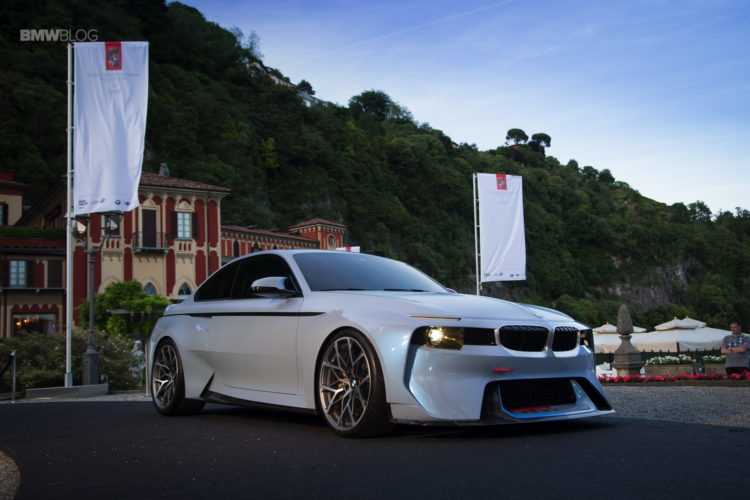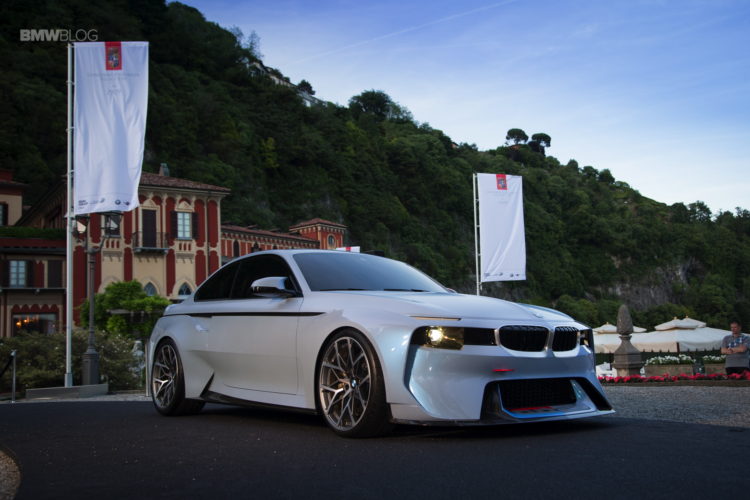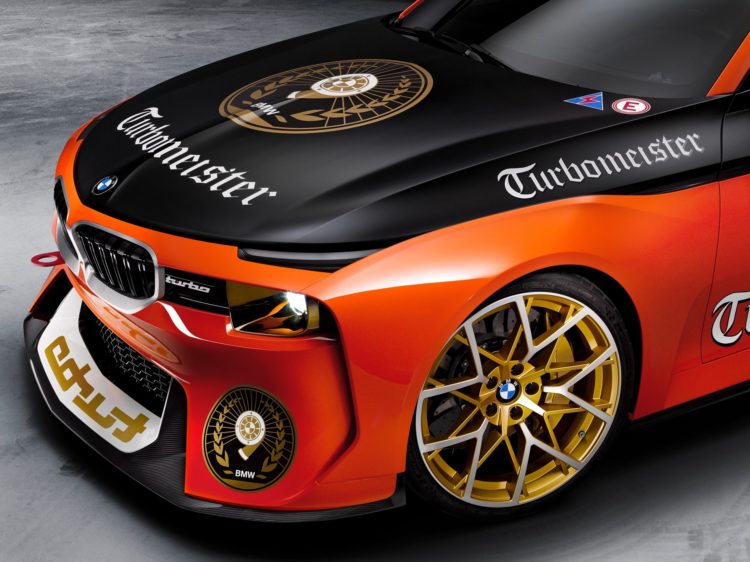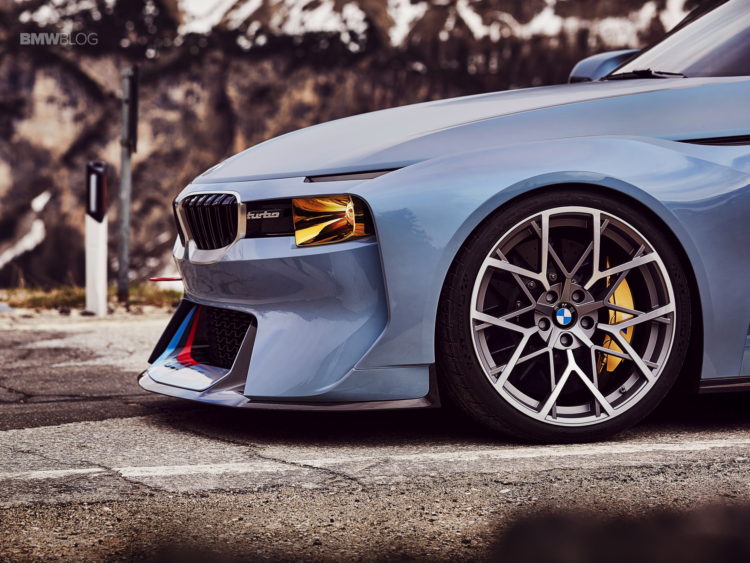The BMW 2002 Turbo Hommage commanded headlines when it burst onto the scene at Villa d’Esta in 2016. While nearly univerasally enjoyed, there were tons of little details about the car that went largely unreported on. Now, thanks to BMW By Design, one of Steve Saxty’s excellent BMW books, we have insight like never before into every aspect of the Hommage. It’s just a sampling of what you can expect from these truly worthwhile reads. From hardware to special paint, there are at least five things you probably didn’t know about this epic concept car.
Redefining a “Parts Bin Car”
Why make something from scratch when you have stuff that already does the job? BMW took a number of components directly off existing vehicles to bring the 2002 Turbo Hommage to life. “We used a BMW i8 door handle,” a designer told Saxty, “which allows this area to twist around behind it to form a flared rear fender.” He’s talking about the strakes running alongside the side of the car, and the “pocket” between where the handle is and the rear fender flare begins. More obviously, this design choice also allowed the Hommage to have, outwardly, no door handles. Underneath it all, of course, the Hommage is just an F87 M2. In fact, the concept was entirely drivable, primarily because BMW changed so little from the production car. The Hommage even contributed back to the parts bin. The Style 759M wheels the concept donned were eventually put into production.
Bringing the Light
Piggybacking on the car’s “parts bin” focus, the car borrowed its exterior lighting entirely from existing vehicles. But, of course, you couldn’t really tell by looking at it. “Behind the smoked lenses were BMW i3 rear lamps,” a designer says to Saxty. In front, the 2002 Hommage’s gold-painted lamps looked like nothing else on the road. But they were in fact derived from the contemporary MINI. The yellow hue pays homage to Le Mans race cars.
Directionally Challenged
Speaking of lights, a cursory look at the 2002 Hommage may not immediately make it clear where the car’s turn signals are. They’re nestled above the two round headlights, “following the concept of the original 2002,” a designer tells Saxty. “These worked well with our ‘Precision and Poetry’ design language.” Interestingly, that design language debuted on the G11 7 Series — only for the next generation G70 7 Series to take it to the next level and split the headlights entirely. In a way, the 2002 Hommage did it first.
Asymmetry is Beautiful
There’s one area where the original silver/blue 2002 Hommage is obviously asymmetrical. The “turbo” logo in the front air dam is mounted asymmetrically, just as it was on the original 2002 Turbo. But there’s a tinier detail that you might have missed, too. The door mirrors are asymmetrical, with one side sporting M colors and the opposite donning exposed traditional carbon fiber and paint.
Racy Paint
The color on the original 2002 Turbo Hommage was dubbed “Space Race,” a light blue metallic color. “I had wanted a milkier grey,” Alexey Kezha says. “But the blue represented a feeling like that of the custom end of the Porsche and BMW scene.” Kezha designed the Hommage that actually made it to Concept production level. You may also remember an orange “Turbomeister” car; that livery came later. In between the two, at Goodwood 2015, BMW added an M tricolor stripe to the paint and a cool “turbo” logo on the side.



